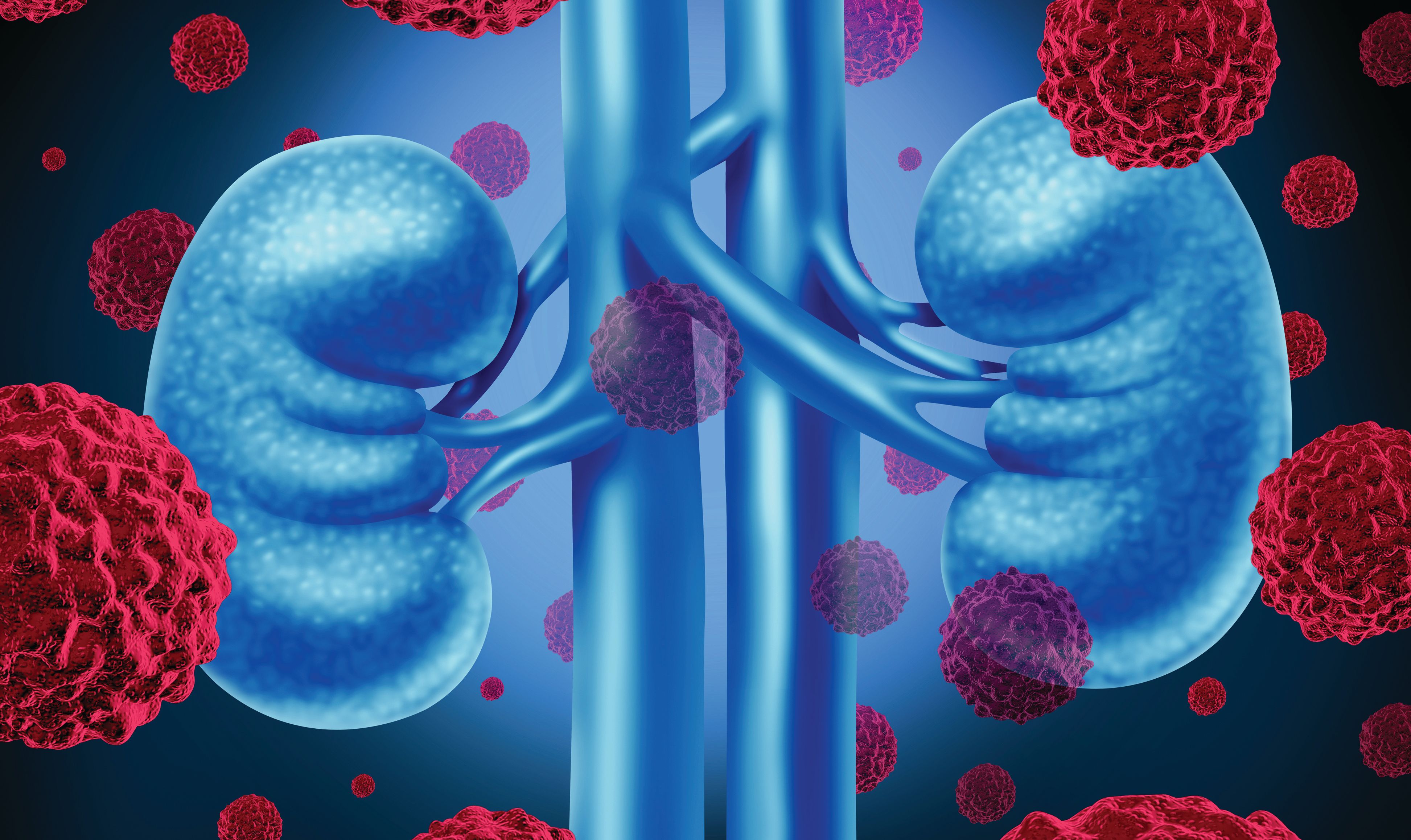News
Article
Study Identifies Incidence, Risk Factors of Acute Kidney Injury in Cancer Patients
Author(s):
Results showed a 50.5% mortality rate among patients with cancer and AKI due to a variety of risk factors, ranging from length of ICU stay to sepsis.
Credit: Fotolia

Findings from a retrospective single-center study conducted at a hospital in Pakistan are providing clinicians with an overview of risk factors and clinical outcomes among patients with cancer and acute kidney injury (AKI).
Study results showed a 50.5% mortality rate among this patient population over the 36-month study period, highlighting length of hospital stay, sepsis, dehydration, hypotension, and vancomycin as potential risk factors.1
“Because of geographical variations in the types of cancers, clinical presentations, associated co-morbidities, and socioeconomic factors, sufficient data is lacking to guide the treatment and prevention of renal injury among cancer patients in Pakistan,” wrote Summra Siddiq, fellow physician at Kings College Hospital in Great Britain, and colleagues.1
A sudden loss of kidney function, AKI normally happens as a complication of another serious illness and requires treatment to prevent abnormal levels of salt and chemical buildup that could negatively impact other organs. AKI can lead to chronic kidney disease and long-term kidney failure, especially in vulnerable patient populations. Cancer patients are at an increased risk of multi-organ failure - thus, it is important to understand clinical outcomes and risk factors among these patients to develop appropriate treatment and prevention approaches.1,2
To examine the incidence, patterns, and characteristics of cancer patients with AKI, investigators enrolled patients admitted to the intensive care unit at Shaukat Khanum Memorial Cancer Hospital and Research Center using a nonprobability consecutive sampling technique. Their initial search yielded 550 patients. After excluding duplicate entries, pediatric patients, and patients with end-stage renal disease, a total of 182 eligible patients > 18 years of age with AKI and underlying chronic kidney disease were enrolled in the study.1
Among the cohort, the median age was 47 (range, 18-76) years and the majority (68.1%) were male. Participants were followed over a 3-year period to determine incidence, patterns, and characteristics as well as the mortality rate among different cancer types and its association with the length of stay in the intensive care unit.1
Investigators identified hematologic malignancies (20.0%), breast cancer (7.7%), colon cancer (12.1%), and lower urinary tract cancer involving the prostate and bladder (16% and 15%, respectively) as common malignancies associated with an increased risk of AKI. Several comorbidities were also identified as risk factors for AKI, including hypertension (34.6%), diabetes mellitus (23.1%), pre-existing CKD (20.9%), and a single functioning kidney (9.9%).1
The most common etiological factors among cancer patients with AKI were sepsis (28%), dehydration (18.1%), obstructive uropathy (14.3%), and hypotension (9.9%). Investigators also noted several antibiotics, anti-virals, anti-fungal, and chemotherapeutic agents appeared to cause renal damage through direct toxicity and tubular injury, including vancomycin (21.4%), amphotericin (7.1%), colistin (3.3%), acyclovir (2.7%), and cisplatin (8.2%).1
Investigators observed a 50.5% mortality rate among cancer patients with AKI, with certain cancer types found to be at an increased risk of AKI-related mortality, including hematologic cancer (25.0%) and the following solid tumors: breast cancer (10.9%), colon cancer (19.6%), prostate cancer (15.2%), and lung cancer (4.5%). Moreover, the greatest mortality rates were seen among patients affected by sepsis (37.0%), followed by nephrotoxic drugs (19.6%), dehydration (15.2%), and hypotension (10.9%).1
Investigators also pointed out a strong association between the length of ICU stay and mortality (P < .05), indicating a reduced survival rate with prolonged hospital stay, even in critical care settings.1
“With the development of onconephrology, certain risks are preventable through employing early intervention, using renally adjusted doses of chemotherapeutic agents, avoiding febrile illnesses, and maintaining adequate volume status. Undoubtedly, following a multidisciplinary approach would result in a better prognosis. However, further studies are required to prove these assumptions,” investigators concluded.1
References:
- Siddiq S, Hussain Z, Mubarakali J, et al. Incidence, Patterns, and Characteristics of Patients With Acute Kidney Injury Requiring Renal Replacement Therapy in Cancer Settings. Cureus 15(11): e48627. doi:10.7759/cureus.48627
- NHS. Acute kidney injury. September 8, 2022. Accessed December 13, 2023. https://www.nhs.uk/conditions/acute-kidney-injury/





